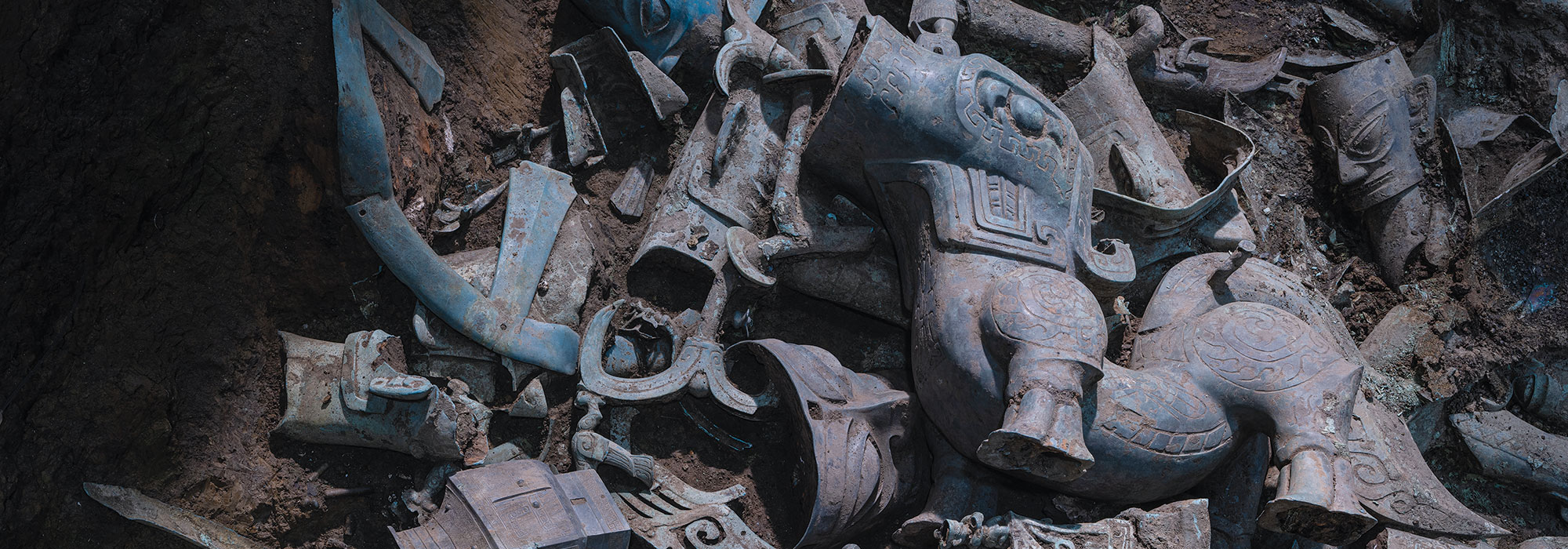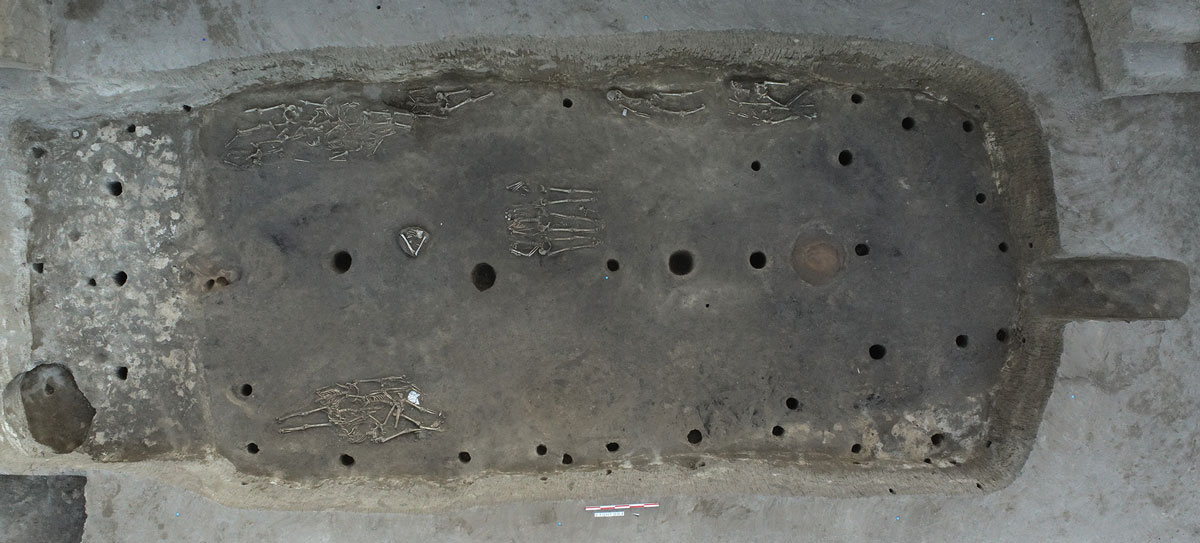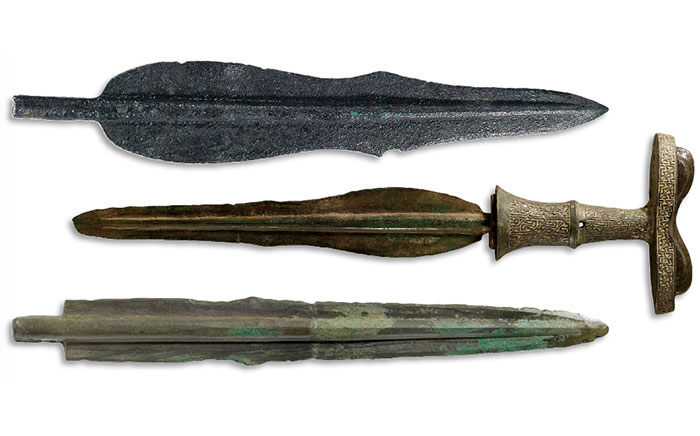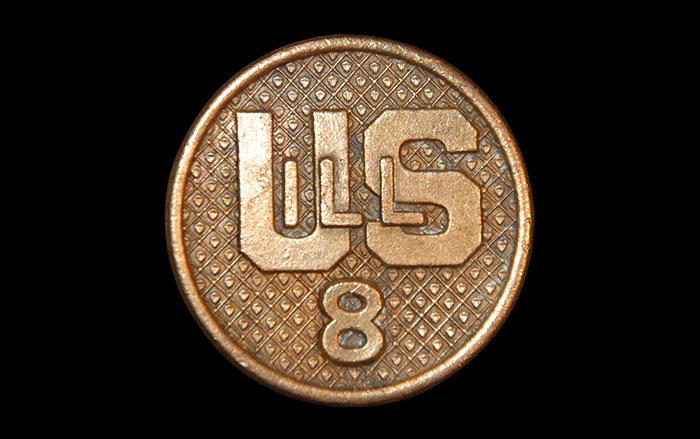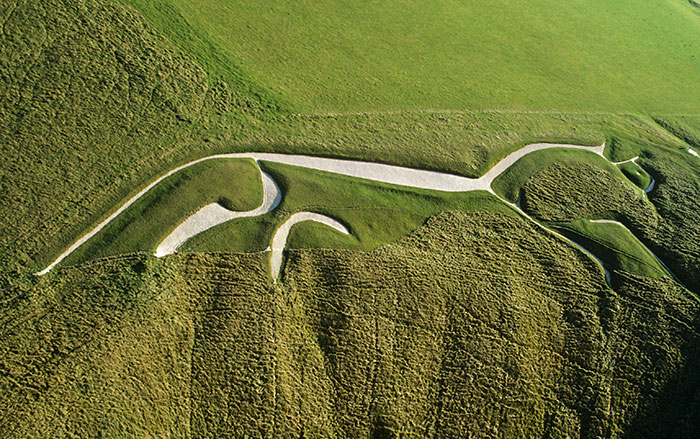
BEIJING, CHINA—According to a report in Science Magazine, scientists led by Qiaomei Fu of the Molecular Paleontology Lab at the Chinese Academy of Sciences Institute of Vertebrate Paleontology and Paleoanthropology examined genome material extracted from the thighbone of a 40,000-year-old skeleton discovered in China’s Tianyuan Cave. The study indicates that “Tianyuan Man” was a modern human carrying only four to five percent of his DNA from Neanderthals, and no detectable DNA inherited from the Denisovans. It had originally been thought that Tianyuan Man was the offspring of a Neanderthal and a modern human. Tianyuan Man was found to share DNA with a person whose 35,000-year-old remains were discovered in Belgium’s Goyet Caves. The study indicates that about nine to 15 percent of the DNA of the Karitiana and Sururi peoples of Brazil and the Chane people of northern Argentina and southern Bolivia came from an ancestor also shared by Tianyuan Man, making them distant cousins. But this ancestor was not common to Native Americans living in North America, thus suggesting there were two different source populations for Native Americans. For more, go to “Decoding Neanderthal Genetics.”


